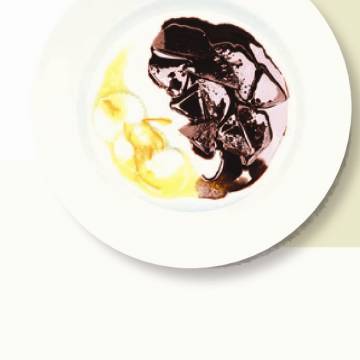ANY CHOICE IS DELICIOUSLY SWEET!
Coca María
Coca María
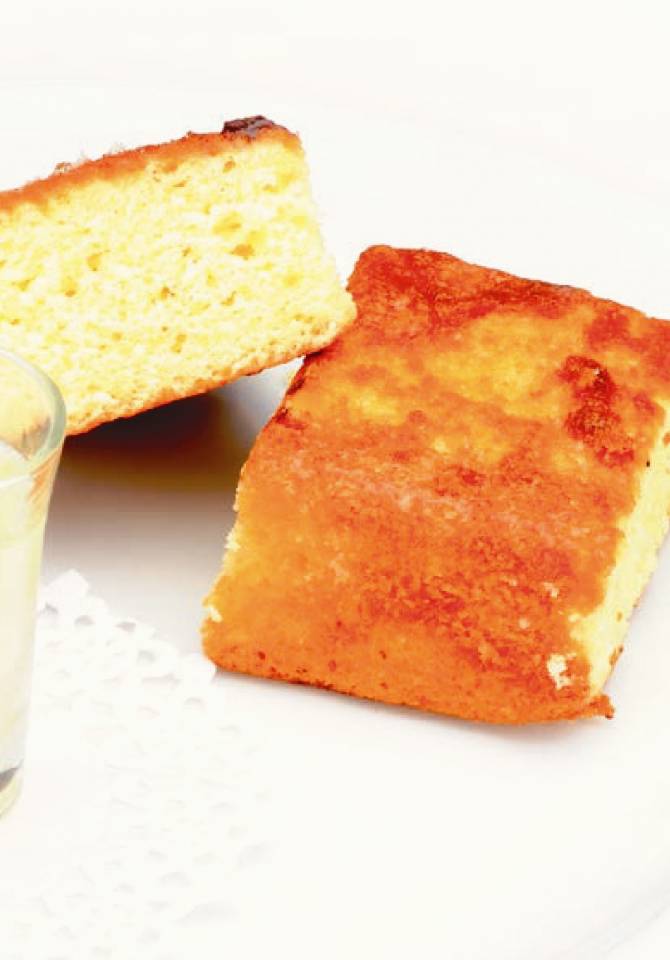
This sweet coca is one of the most typical desserts of the Valencian Community. It is a cake made with ingredients that we usually have at home, such as milk, eggs, oil, flour, sugar, lemon and cinnamon, as well as blue and white soda. In Denia the Coca Maria is very characteristic, being custom accompanied by"mistela".
Apart from the "mistela", if we prefer to accompany it with a non-alcoholic drink, it is a delight to accompany it with fresh horchata in summer or hot chocolate in winter.
Its preparation may seem simple, for its ingredients, but that coca has the ideal sponge and the soft and sweet flavor that characterizes it requires experience (the first coca usually does not go well), a good oven and a lot of affection.
This sweet receives several names depending on the area of the Valencian Community where it is made: coca maría, coca boba, coca de “llanda” (Llanda means tin, referring to the container, mould or tray on which this dough is normally baked) o coca roñosa, they’re all the same candy.
If coca maría is added in its almond ingredients, it will be called coca de almendras (in Valencian "coca d'ametla"), you can also add raisins, or both: almonds and raisins, or pumpkins, or chocolate, or both: chocolate and pumpkin, or other ingredients that give it a slightly different and equally tasty flavor.
Postres de calabaza
Postres de calabaza
Pumpkin, what a great product and how many recipes we have from it!
We found it in the garden of the region of Marina Alta. Therefore (because it is a product of proximity) and because it is really tasty, it is very consumed in season (autumn), either simply boiled or in desserts such as buñuelos de calabaza, tarta de calabaza and chocolate, "arrop i tallaetes", coca de calabaza, etc
BUÑUELOS DE CALABAZA
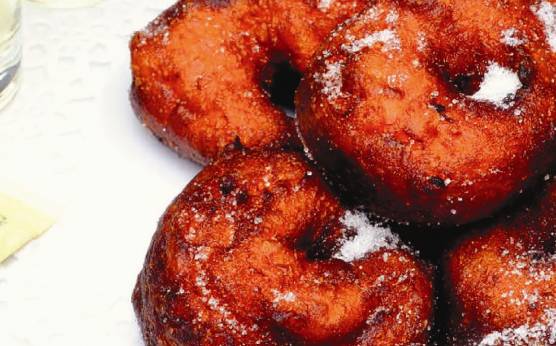
Its origin goes back to S. XI through the Arabs. This sweet is made with pumpkin, flour, water, yeast, oil and sugar.
This dessert is seasonal because the best time to consume it is autumn by the amount of pumpkins we have at that time of year.
In Dénia, talking about fritters is talking about the fault period. In Fallas, gunpowder smells are mixed with the unmistakable aroma of buñuelos. All accompanied by the music that surrounds our city.
TARTA DE CALABAZA Y CHOCOLATE
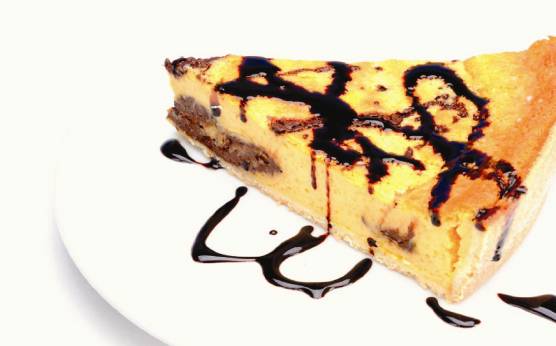
In Denia, the combination of these two tempting products: chocolate and pumpkin is reflected in several desserts. One: the coca that appears in another of the typical dishes of the destination and of course, the pumpkin pie and chocolate that we will find in numerous restaurants and pastry shops.
This cake is also tasted as a delicious dessert or snack.
The mixture although, before trying it for the first time, may surprise, being a dessert that is not known in other areas, should not avoid trying it, as it surprises very pleasantly and therefore, it is very popular and demanded.
COCA DE CALABAZA Y CHOCOLATE

This coca is very typical of Denia as well as a delicious dessert or snack.
The origin of this dessert like almost all we have is Arabic, this coca that was initially made only with eggs, flour, pumpkin and honey. Over time it has been moulded and transformed. Adding chocolate to this coca is a great thing because the cake itself is already juicy and moist. Chocolate (black) adds to the recipe that bitter point that balances all the ingredients.
ARROP I TALLADETES
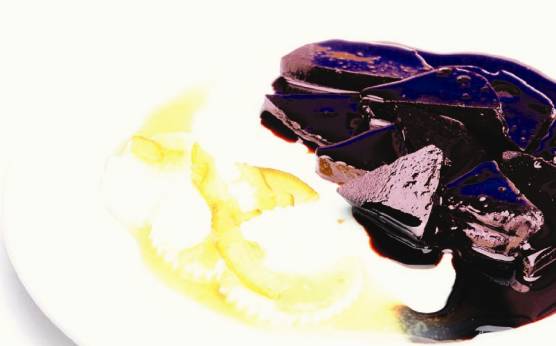
Arrop, a product of Arab tradition consists of the production of a must made specifically of partially dehydrated grapes, it is put on fire until it reaches a state of caramelization of its own sugar, a kind of syrup. They usually add pieces of other fruits such as plums or peach or cooked pumpkin, is what we call les talletes.
The ideal thing to make the Arrop is that the grapes are seasonal, so we will find much more and it will be sweet and with more juice.
Flan de café y naranja
Flan de café y naranja

The flan has its origin in ancient Rome, the hen egg, which until then this bird was wild, begins to incorporate into the feeding of the Romans.
The flan made with eggs, milk and honey, cooked over low heat and sprinkled with pepper. Funny with pepper, but yes, since sugar didn’t appear until the Middle Ages.
It is from the seventh century when this recipe begins to spread, reaching France and Spain, but taking an unexpected turn. Specifically one of 180 degrees.
And the French come up with the "crème renversée au caramel", that is, the flan as we know it today, with a base of liquid caramel made with sugar that, after finishing its cooking and cooling, is inverted so that this bathes the whole flan.
From there the flan is made by adding seasonal fruits, experimenting with different textures and flavors, reaching the current flan with coffee and orange.
